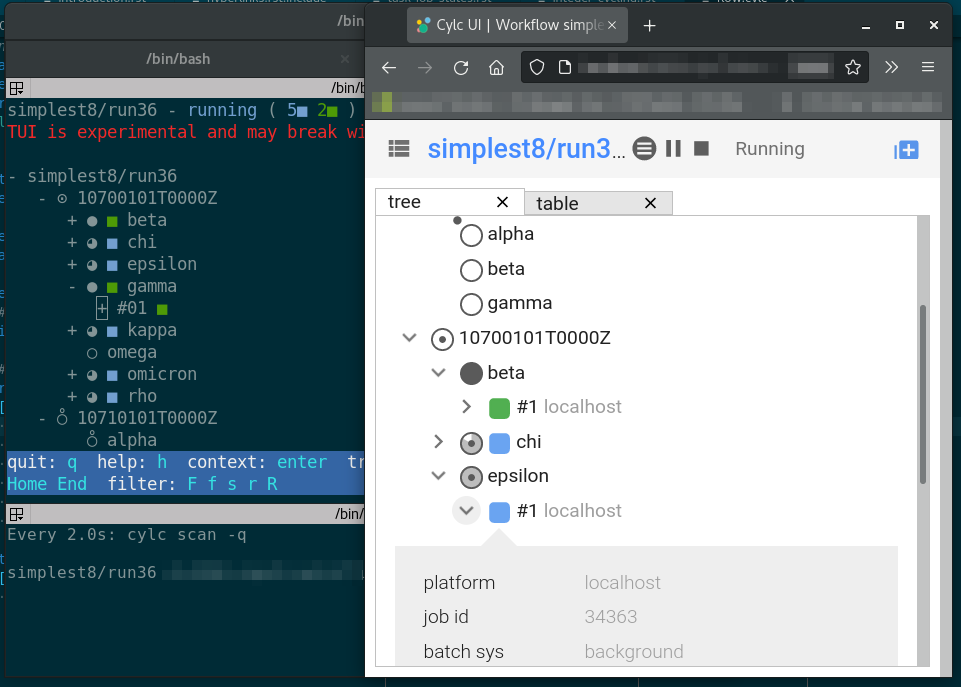Introduction
What Is A Workflow?
A workflow consists of an orchestrated and repeatable pattern of business activity enabled by the systematic organization of resources into processes that transform materials, provide services, or process information.
—Wikipedia
In research, business and other fields we may need to repeat processes in the course of our work. At its simplest a workflow is a set of steps that must be followed in a particular order to achieve some end goal.
We can represent each “step” in a workflow as a node in a graph, and the order with arrows between them.
What Is Cylc?
Cylc (pronounced silk) is a workflow engine, a system that automatically executes tasks according to schedules and dependencies.
In a Cylc workflow each step is a computational task that runs a script or application of some kind. Cylc runs each task as soon as it is appropriate to do so.
Cylc can automatically:
Submit tasks across computer systems and resource managers.
Recover from failures.
Repeat workflows.
Cylc was originally developed at NIWA (The National Institute of Water and Atmospheric Research, New Zealand) for running their weather forecasting workflows. It is now developed by an international partnership including NIWA, the Met Office (UK), and members of the Unified Model Consortium. Though initially developed for meteorological purposes Cylc is a general purpose tool as applicable in business as it is in scientific research.
Cylc provides a variety of command line and GUI tools for visualising,
monitoring, and controlling workflows. The Cylc TUI (Terminal
User Interface), web GUI, and cylc scan (bottom left) are shown below.
